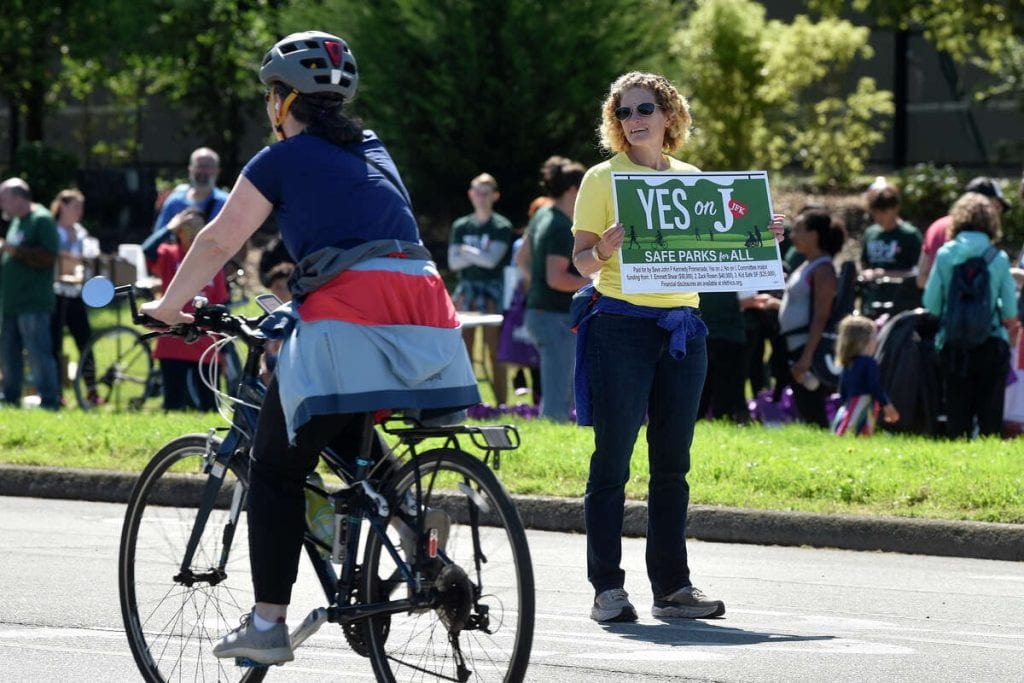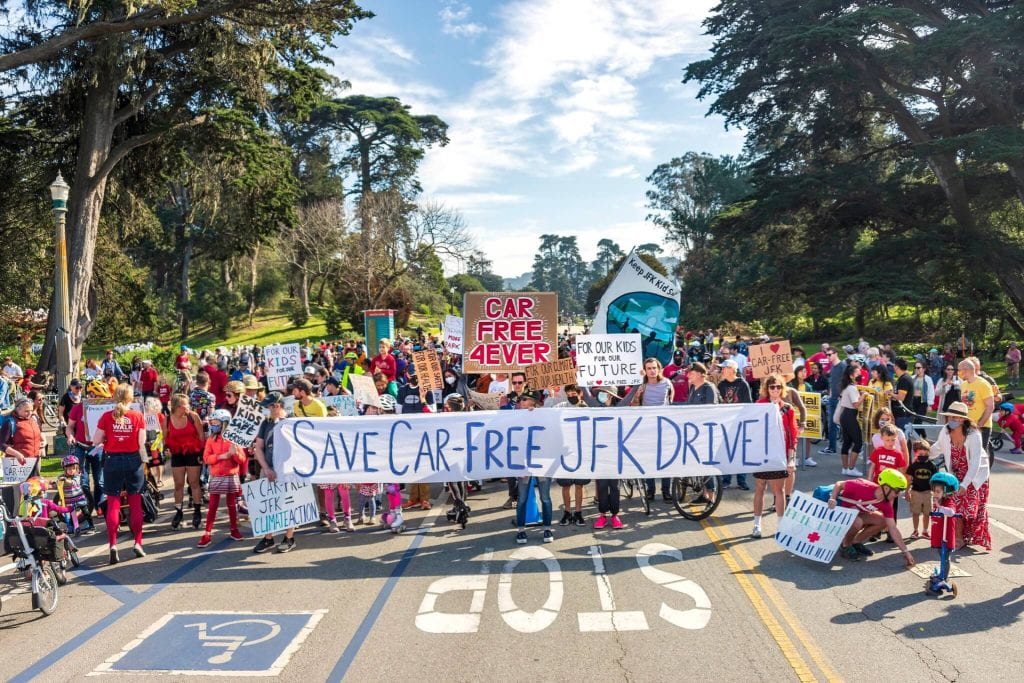Voting for the Climate
How young people can generate progressive environmental action by participating in democracy.
Young people today are constantly being confronted with news about climate change. It seems like there’s always a new unprecedented natural disaster occuring, and the world is constantly looming closer towards the “point of no return” with the state of the environment. What’s worse is that people from other generations are constantly pressuring young people by telling us that we are the “future” and that it’s up to us to solve the climate crisis (which we didn’t even bring about in the first place).
As a young person myself, I often feel stuck when it comes to how I can make a difference, and I know that I’m not alone in this. Most ways of making change feel inaccessible while other ways don’t feel impactful enough. So what can be done about this feeling of being stuck in a world with so many problems? The answer is by taking action. But what does that look like? And where do we start? It’s hard to know where to begin to make a difference or have your voice heard, but I’m here to tell you that the easiest and best way to start is through the power of your vote.

Many of us today may experience or know someone who experiences voting apathy. Voting apathy is essentially a disinterest in voting, usually because the process seems daunting or because the efficacy of a vote is sometimes unclear. Although these feelings, especially in states that aren’t voter-friendly, make sense, voting is still the easiest way to have a say in public policy and the only way to select who represents you in positions of power.
For example, in the 2022 US midterm elections, the City of San Francisco put an important decision in the hands of SF voters. Propositions I and J were both added to the ballot and allowed San Francisco citizens to decide if the city should reopen sections of the Great Highway and JFK Drive to car traffic or to keep them available exclusively to pedestrians. These opposing props meant two different futures for the city of San Francisco and have many environmental implications as well. Proposition I, if it had passed, would have reopened JFK Drive and the Great Highway to car traffic. However, the proposition would have also required the construction of a seawall to keep the highway stable, and seawalls are known for disrupting tidal and sand flow. Furthermore, the prop threatened the Ocean Beach wastewater treatment plant and risked a sewage overflow of the facility. Environmental issues like these are frequently on local and state ballots and provide voters with the opportunity to decide what’s best for their community. All you have to do is cast your vote to have your voice heard.
Beyond measures and propositions, you can also use your vote to elect representatives that are in support of the environmental initiatives you care about. On San Francisco’s midterm ballots this November, positions including district supervisor, district attorney, and public defender were all up for grabs. These elected officials have a direct impact on environmental legislation so it’s important that you vote for someone you trust to make environmental decisions on your behalf. However, state and congressional representatives have an even greater impact on environmental policymaking and electing officials to serve in these positions helps voters to play a small but important role in the process of policymaking. The state of California, for example, has some of the most progressive environmental policymaking in the country. This is largely a result of California residents voting for state representatives and a governor who would champion their desire to improve California’s relationship with the climate. Voting is an easy and important way to influence the future of the environment, but how can you participate in democracy in the years between elections? By making sure that your representatives hear you!

If you’ve ever seen an infographic on Instagram or read a blog about how to help the environment, contacting your representatives is usually included as one of these solutions. However, I think many of us are skeptical on how productive this method is. Does anyone even read these letters or listen to our calls? Well, it turns out that this method can actually be successful and influential if done in the right way. Constituent demands, sent in the format of a physical letter or email, can greatly influence the bills that legislators choose to write, support, and oppose. Isaiah Akin of Senator Wyden’s office told the New Yorker that he’s written bills, that later became laws, on issues he hadn’t even heard about until he was made aware of them through constituent letters. If you have environmental concerns and are seeing no action being taken on said issues, contact your representatives’ offices and have your voice be heard! This form of activism can also work through mass-action. If you have a problem with an environmental policy that your legislators are trying to pass, chances are that others have the same problem that you do. If hundreds of people express their concerns, chances are that your representative might heed your worry. Expressing these concerns can greatly impact the fate of legislation and helps to make your concerns more visible to your representatives.
If you care about the climate and want to contact your representative about one of your concerns, lucky for you! The Office of Sustainability put together some resources for you to do just that. Find them at the end of this article!
Young people today care so much about climate change and the future of the environment, and many of us are looking for a place to channel this energy. There are so many accessible ways to have your voice heard simply by participating in our democratic system. Young people are one of the most underrepresented voting demographics, and it’s time to change. It’s our future–we should all care about having a say in it. In conclusion, register to vote if you haven’t already and show up at the polls–or vote by mail. In between elections, stay up to date on environmental policies being considered for your state, and contact your representatives to provide your feedback. Standing up for the environment doesn’t have to be hard but it does have to be done.
Communicate for the Climate Letter Writing Resources:
https://drive.google.com/file/d/1eMtYBTzFanefmPyg-4FFC1vhTqKCkL4S/view?usp=share_link
https://drive.google.com/file/d/1NvjjlQLuWcSTdc6VhnSOV61ZHPwrx1wN/view?usp=share_link
Sources:
Barringer, Daisy. “How to Make Sure Your Vote Counts in San Francisco This November.” Thrillist, 3 Oct. 2022, https://www.thrillist.com/lifestyle/san-francisco/san-francisco-voter-guide-midterm-elections.
Schulz, Kathryn. “What Calling Congress Achieves.” The New Yorker, 27 Feb. 2017, https://www.newyorker.com/magazine/2017/03/06/what-calling-congress-achieves.
Tyson, Alec, et al. “Gen Z, Millennials Stand out for Climate Change Activism, Social Media Engagement with Issue.” Pew Research Center Science & Society, Pew Research Center, 28 Apr. 2022,


